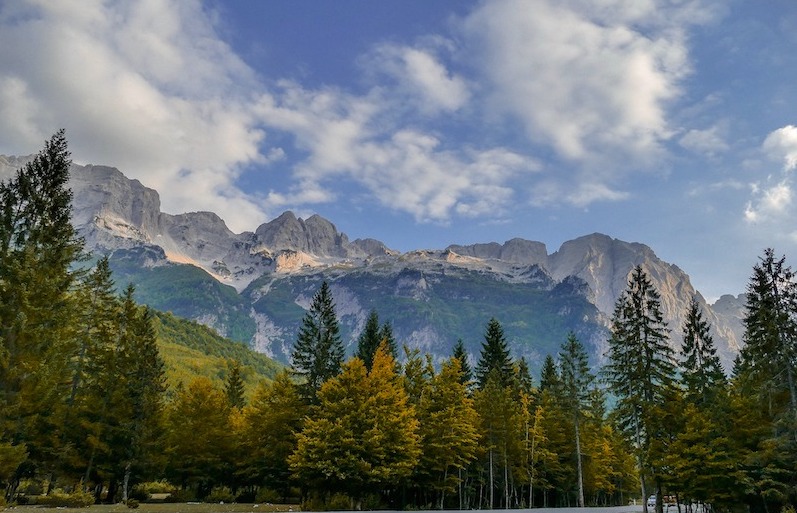
As one of Europe’s most exciting yet largely underrated ‘biodiversity hotspots’, Albania offers discerning tourists the opportunity to appreciate a wide array of species and rarities in a conveniently packed geographical area. Indeed, when it comes to the environment, the country’s array of assets is one that should command full attention: mountainous for 60% of its territory with 1m hectares of forests and woodlands, it boasts 700 protected areas, 30% of the continent’s flora and 42% of its mammals. Albania is also one of the world’s top 15 exporters of medicinal and aromatic plants (MAPs) with over 3,250 different specimens, 27 of which are endemic. It also ranks second in Europe in terms of per-capita freshwater resources.
With so much potential at hand, it is regrettable to note that, to this day little has been done to capitalize on it. In fact to the contrary, Albania records one of the highest rates of biodiversity loss in Europe. Indiscriminate land exploitation by construction companies and farmers, soil and subsoil erosion through deforestation and oil drilling, and industrial pollution, not to mention unsustainable levels of hunting, fishing, and grazing, are taking an alarmingly heavy toll on its precious biodiversity. Today, many of its ecosystems are at risk, from river deltas to lakes, coastal lagoons, woodlands, dunes, etc.
Albania is located on an important bird migration route with coastal wetlands and lakes lending a providential shelter for the wintering of migratory species, including the globally endangered Dalmatian pelican. Furthermore, Its 3 million-year-old Ohrid lake, a UNESCO World Heritage protected site, is a true “museum of living fossils”, featuring among others a rare trout species known locally as “Koran”, whose closest relatives “survive” only as fossils in natural history museums, and harboring 90% of snails that cannot be found anywhere else on earth.
One may wonder then, with so much going for it, how Albania got into such a situation? Certainly, its troubled post-1990 transition caused it to lag behind in standards and fall out of step with European initiatives and developments in this area. Furthermore, awareness from the local communities, lack of sustainable platforms for public-private partnerships coupled with a lack of proper coordination and cooperation among key stakeholders (both at a domestic and regional level), have all played their part in the loss of biodiversity we witness to date.
Albania today needs to convince local, regional and European actors to take stock of their shared duty, and to cultivate interest in preserving this unique “bank of species”. It also needs to set in motion the required mechanisms for its safeguard and promotion.
With this goal in mind, the country has developed a groundbreaking “Protect & Profit” approach to the pursuit of its sustainable economic growth and employment generation, precisely through the focused preservation of its ecosystem. By effectively branding this new business niche as “biodiversity tourism”, and enabling a synergic relationship between its natural resources and its local know-how, hopefully, this area of business will soon be perceived as profitable and finally, get the attention it has so far undeservingly been denied.
Key to the achievement of this goal is the development of a customized portfolio of tourism services, including bird-watching, guided explorations of medicinal and rare endemic plants, research and academic tourism on “living fossils”, as well as various other areas of interest related to endangered flora and fauna species.
The world is at long last coming to terms with the wide-ranging tantalizing beauties that Albania has to offer. Aside from its historical and cultural heritage, biodiversity is the latest sizzling entry in its rich tourism basket!